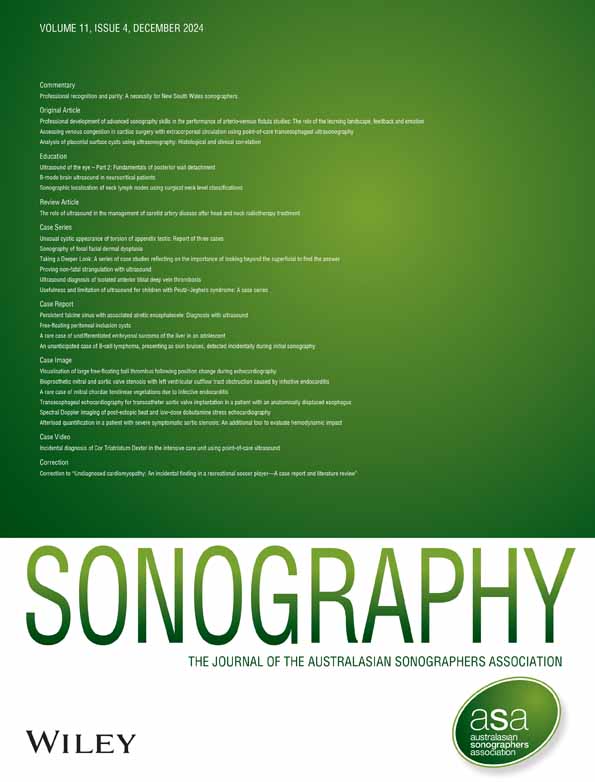Assessing venous congestion in cardiac surgery with extracorporeal circulation using point-of-care transesophageal ultrasonography
Silvina Longo, Luis Carlos Pérez Illidge, and Issac Cheong contributed equally to this work.
Abstract
Purpose
Individualizing fluid resuscitation utilizing indicators that assess fluid tolerance could positively impact optimizing volemia while avoiding venous congestion in cardiac surgery. Our study aims to describe hemodynamic changes based on the assessment of venous congestion using transesophageal ultrasonography (TEUS), both before and after cardiopulmonary bypass (CPB) in patients with preserved right ventricle (RV) function.
Methods
A retrospective study was conducted at the Hospital Privado Universitario de Córdoba, involving patients who underwent cardiac surgery with CPB. The study assessed ultrasonographic venous congestion parameters before and after CPB using TEUS. The measured parameters included the diameter of the inferior vena cava (IVC), the pattern of hepatic vein flow (HVF), and the pulsatility index of portal vein flow (PVF).
Results
A total of 43 patients who underwent cardiac surgery between January 2021 and January 2022 were enrolled. A significant difference in the IVC diameter was observed before and after initiation of CPB (p = .0001). Comparative measurements of the HVF pattern before and after CPB revealed a significant difference, indicating modifications in congestion patterns related to CPB initiation (p = .0001). Pre-CPB, portal flow was normal in all patients, while more than 50% of patient showed altered post-CPB PVF. A significant difference in the PVF pulsatility index related to CPB initiation was observed, suggesting increased portal venous congestion (p = .0001).
Conclusion
Our study demonstrates that extracorporeal circulation can induce signs of venous congestion, which are detectable by TEUS, in patients with preserved RV function preoperatively.
CONFLICT OF INTEREST STATEMENT
The authors have no relevant financial or non/financial interests to disclose.




